
23 Great Women Horror Writers to Freak You Out This October
Because Sometimes Fictional Terror is a Nice Break
It’s finally October, which as we all know is officially the spookiest month—and thus the perfect moment to brush up on your literary horror bookshelf. Sure, it’s really on-brand for the season, but sometimes it actually is nice to accompany the new chills in the air with some new chills in your reading list. Horror writing is traditionally overrun by zombies men, but in recent years (and if you think about it, all along) women have been exploding the genre, writing entertaining, immersive, frightening novels and stories that run the gamut from high-brow, award-winning literary horror to bloody, murky genre masterpieces. So if you’re not sure where to start this season, here are a few recommendations of great writers of horror (the genre admittedly here broadly defined) to get you started. Of course, this is by no means a definitive list—one has to stop somewhere, lest the madness descend. On that note, please feel free to add on in the comments section.
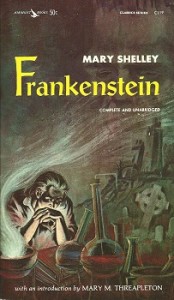 Mary Shelley
Mary Shelley
Start with: Frankenstein; or, The Modern Prometheus
Most obvious (and most venerable) first. With the staunch prominence of male writers in the genre, it’s easy to forget that one of the earliest and best horror novels was written 200 years ago by a teenage girl showing off for her boyfriend and their friends. I’d say she won that famous campfire competition of who could tell the best horror story by a significant margin—unless you count what happened to Percy’s heart after his death. Actually, that was probably her story too, so she wins twice.
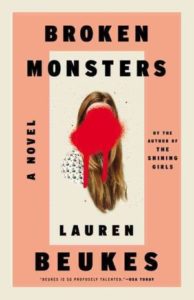 Lauren Beukes
Lauren Beukes
Start with: Broken Monsters
South African writer Beukes is one of the biggest names in contemporary horror right now, and for good reason: her novels are intelligent, fast-paced, and leave you with that horrible sick feeling—you know, the one you read horror novels for. For me it was a toss-up between Broken Monsters and The Shining Girls, but considering I locate the nexus of horror in the Internet right now, I’d say start with the former, which opens with the discovery of a body in Detroit: a young boy, whose lower half has been cut off and replaced with that of a deer’s.
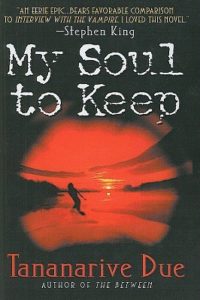 Tananarive Due
Tananarive Due
Start with: My Soul to Keep
“What I think readers should understand,” the beloved and brilliant Due said in an interview, “[is that] it’s not just that I like to scare people, although I do like to scare people, because I myself get scared, but I’m trying to take things that are not real, at least to me.”
I have not experienced—I have not had a ghost encounter, for example. So these are not experiences from my life. These are nightmare scenarios that actually act as metaphors for the real-life horrible things that happen to us every day.
All of us on this journey are going to sustain losses, and some of them are going to be quite, quite devastating. And I’ve always felt so ill-prepared for that. I think I decided to write about nightmare scenarios so often, really, to create characters who can walk me through the process. “This is what you do when your world falls apart.” And every book is sort of a re-examination of how all of us and all these characters have to triumph over whatever life throws at us.
My Soul to Keep is the first novel in Due’s African Immortals series, and word on the street is, it even kept Octavia Butler up at night.
 Mira Grant (Seanan McGuire)
Mira Grant (Seanan McGuire)
Start with: Feed
Mira Grant primarily writes zombie/political/medical horror—if that sounds like a confusing mix, Feed follows a presidential campaign set in the aftermath of the zombie apocalypse, and it is really great (and the first in a series to boot). Seanan McGuire is primarily known for her urban fantasy novels. They are the same person, and this person writes unputdownable books.
 Jennifer McMahon
Jennifer McMahon
Start with: The Winter People
Jennifer McMahon has written a host of great horror novels, most of them the kind that won’t make you puke or get squeamish but will make you check all the locks three or four times. So, the best kind (in my view). You may want to tuck this one towards the end of the list, so you can read it once it’s cold. That’s the best environment for this ghost story/murder mystery set in the freezing isolation and dark of rural Vermont
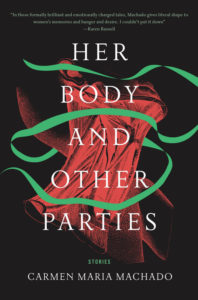 Carmen Maria Machado
Carmen Maria Machado
Start with: “The Husband Stitch,” from Her Body and Other Parties
Like others on this list, Machado’s work bends and transcends genre, incorporating elements of horror as well as fairy tale, realism, romance, erotica, and (famously) television. “Horror is one of my favorite genres because it’s so limber,” Machado said in a 2017 interview.
In some ways, it’s regressive—it’s still very male and white. . . . On the other hand, horror can be a very transgressive space. It reflects so many of our anxieties and fears. When you enter into horror, you’re entering into your own mind, your own anxiety, your own fear, your own darkest spaces. When horror fails, it’s because the writer or director isn’t drawing on those things. They’re just throwing blood wherever and seeing what sticks. But horror is an intimate, eerie, terrifying thing, and when it’s done well it can unmake you, the viewer, the reader. That tells us a lot about who we are, what we are, and what we, individually and culturally, are afraid of. I love the ability of stories to have spaces in them where the reader can rush in. That is the work I am most interested in, and that is the work I am most interested in writing.
We are interested in reading it, too.
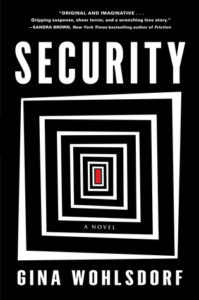 Gina Wohlsdorf
Gina Wohlsdorf
Start with: Security
Fair warning: Wohlsdorf’s debut is bloody. This would normally put me off, considering I very much prefer cerebral, psychological horror, but the thing is, this book is that too. Its central narrative conceit is brilliant, ultramodern, and shocking, and line by line, it’s a shocking, thrilling delight.
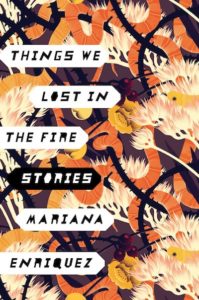 Mariana Enriquez
Mariana Enriquez
Start with: Things We Lost in the Fire
Another hybrid: gritty Buenos Aires realism plus supernatural-tinged horror makes for a compelling, harrowing debut collection from Enriquez. “My stories are quite rooted in realistic urban and suburban settings and the horror just emanates from these places,” she said in an interview with David Leo Rice. “Some places in cities and especially in the suburbia of Latin American cities—that is, in the slums and poor neighborhoods around the cities, I guess it’s very different from the concept of suburbia in North American cities—have a special feel to them related to their history.”
In the same interview, she explained her interest in female body horror and her affinity with Clive Barker:
I like to write about liberated bodies and desires, especially for women. In the story “No Flesh Over Our Bones,” I’m writing about fascination with death and ultimately about anorexia and a woman’s desire to look like a skeleton because I feel that is a legitimate desire, a desire to be respected and not judged. Mind you, if I had some kind of extreme mental disturbance like that I’d hope my loved ones would help me, but in literature I really care about the themes of bodies and desire and don’t think they should be restrained by medical discourses, or religious or social taboos or whatever. In terms of the expansion and change of the flesh, Clive Barker is my guide.
And yeah, they end badly, but it’s more a matter of genre. They all end badly. In this regard, I follow the genre lines and so I don’t want to save someone that has a particular sexual fetish because of gender politics. That’s for real life.
. . . Barker is indeed underrated and famous. Very few people actually read him I think, that’s the reason. I take from him the idea that evil can be satisfying and instructive in a way. Pleasure and sin.
 Anne Rice
Anne Rice
Start with: Interview with the Vampire
I feel your side-eye, and I don’t know what to tell you. Rice’s 1976 smutty vampire classic is really good—if you’re into that kind of thing, which you must be, because you’re reading this list—and has also paved the way for all of the various vampire-related media you enjoy or enjoy disparaging today. I mean, the woman has been writing bestselling horror (among other things) for forty years, and there’s a reason. So if you’re starting, start from the beginning.
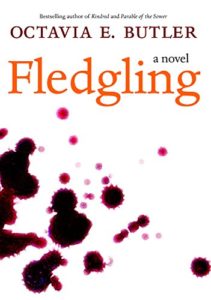 Octavia Butler
Octavia Butler
Start with: Fledgling
Hey, speaking of vampires: this is one of the best vampire books out there, and also a little different than the others on this list—more SF, less blood curdling. Though to be fair, blood is consumed, and some pretty horrifying things happen, and it’s basically a masterpiece of the vampire genre, so I’m counting it.
By the way, her most famous novel, Kindred, is also a horror novel of sorts—though since the horror is just What Happened In America Not That Long Ago + time travel, I thought that one was better left to another list.
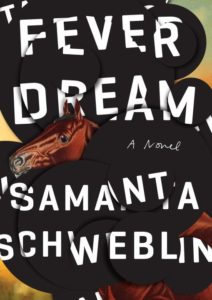 Samanta Schweblin
Samanta Schweblin
Start with: Fever Dream
I don’t know if this really counts as horror, but it’s certainly horrifying—a twisted little novel that resists logic and also health and happiness—so I couldn’t help but mention it here. I don’t know what she’ll do next, but if it’s anything like this I’ll be reading it with every light in the house burning.
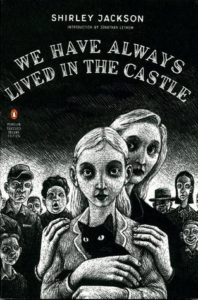 Shirley Jackson
Shirley Jackson
Start with: We Have Always Lived in the Castle
To be fair, it’s really The Haunting of Hill House that’s Jackson’s premiere horror novel, but I just don’t like it as much as We Have Always Lived in the Castle, and I’m in charge of these recommendations. It doesn’t really matter, because Jackson is one of literary horror’s most beloved doyennes, and you really can’t go wrong. Just start reading her, if you haven’t.
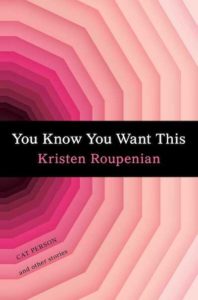 Kristen Roupenian
Kristen Roupenian
Start with: You Know You Want This
You probably know Kristen Roupenian from her viral hit New Yorker story, “Cat Person.” I have heard her referred to as “the Cat Person Lady” multiple times. What isn’t exactly obvious from that story, but becomes clear as soon as you open her forthcoming collection, is that she’s really a horror writer—and not just “horror” in the sense of modern dating and gross men, but also in the sense of gruesome acts, terrifying scenarios, and creeping dread. Come January, everyone’s in for a surprise. Dum dum dum!
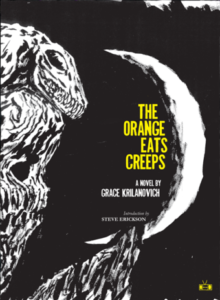 Grace Krilanovich
Grace Krilanovich
Start with: The Orange Eats Creeps
I really wish Krilanovich would write another novel. I loved her first one, an extremely weird book about “Slutty Teenage Hobo Vampire Junkies” trudging along the California highways that is unlike any horror novel, or indeed any novel of any kind, that you’ve ever read.
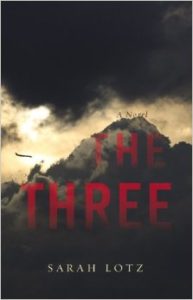 Sarah Lotz
Sarah Lotz
Start with: The Three
A novel that makes deft use of both psychological horror and horror horror. Four plane crashes happen around the world, all at the same time. Everyone dies, except three children, who were each on different planes. But why—and what’s wrong with them?
If you can’t get enough, Lotz has no fewer than three pseudonyms: she writes urban horror novels (with Louis Greenberg) under the name S.L. Grey; she writes a “YA pulp-fiction zombie series” (with her daughter) under the name Lily Herne; and she writes “quirky erotica novels” (with authors Helen Moffett and Paige Nick) under the name Helena S. Paige.
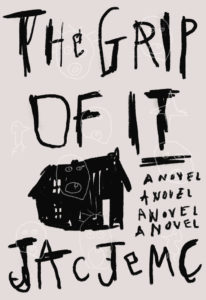 Jac Jemc
Jac Jemc
Start with: The Grip of It
This is one of the best haunted house novels in recent memory. It’s also a love story. Both aspects are creepy, dreadful, and psychologically unsound.
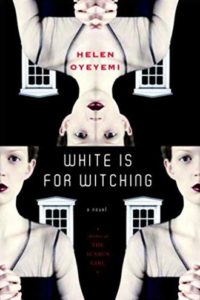 Helen Oyeyemi
Helen Oyeyemi
Start with: White is for Witching
Oyeyemi is another writer who mixes horror tropes and techniques with those of fairy tale, myth, and realism, creating a genre all her own. This is the creepiest of her novels, in which a young woman with a hunger that cannot be sated lives in a house (and bed-and-breakfast) that can’t tolerate strangers, unable to shake the memory—or is it just a memory—of her mother, who died when she was sixteen.
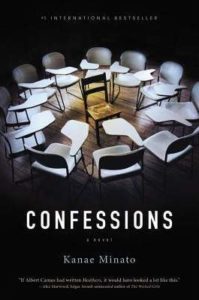 Kanae Minato
Kanae Minato
Start with: Confessions
If this isn’t a horrifying premise, I don’t know what is: a middle school teacher stands in front of her class. She tells them she knows that two of them killed her daughter. She tells them how she has taken her revenge, and what she has done to them. I suppose Confessions, Minato’s debut, is technically a crime novel, but I think the subject matter, and the intense dread it elicits in the reader, rather pushes it over the edge into horror.
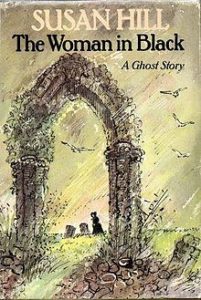 Susan Hill
Susan Hill
Start with: The Woman in Black
Susan Hill is a giant of 20th-century horror, and her 1983 gothic ghost story The Woman in Black has become a classic.
 Alma Katsu
Alma Katsu
Start with: The Hunger
If you fancy a bit of historical horror, you may enjoy Katsu’s latest, a fictionalization of the already very horrifying events of the Donner Party. You may think you know everything there is to know about the Donner Party—they ate each other!—but you probably don’t. “I think that while a lot of people have heard of the Donner Party, they don’t know the details,” Katsu said in an interview.
We’re told about it in elementary school and if we remember anything it’s that something terrible happened a long time ago and it involved cannibalism. But once you start digging into it, you see the real dimensions of the horror: after months of struggle in the wilderness, close to 100 people find themselves trapped in the mountains with no food and no chance of escape. These are all families, so it’s mothers and fathers forced to watch their children die of starvation. It’s completely horrific. You can absolutely understand why someone would contemplate cannibalism.
The more I learned, the more it seemed that the party was doomed from the start. So many macabre things happened—they left sick people behind to die; one man, convinced he was going to be robbed, went out to bury his gold and was never seen alive again—that you got the feeling they were cursed. To be cursed implies that you did something to deserve it—and that’s where the idea for the book came from. That we all have the potential in us for evil, and if you feed the evil side, you’ll unleash the monster.
Sounds like a pretty good horror novel to me.
 Asa Nonami
Asa Nonami
Start with: Bødy
Short stories of body horror from the author of Now You’re One of Us—in case you really can’t handle more than a few pages of utter discomfort at a time. I would understand.
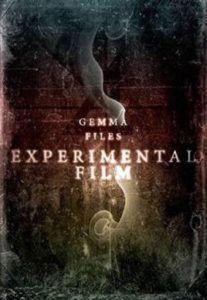 Gemma Files
Gemma Files
Start with: Experimental Film
Canadian horror master Files was once a film critic for a Toronto newspaper, and she uses her knowledge to great effect here, when her narrator—a newly fired film history professor—catches a glimpse of a figure from Wendish mythology on an old scrap of silver nitrate film. Looking for the story behind the film, she calls exactly the wrong kind of attention to herself.
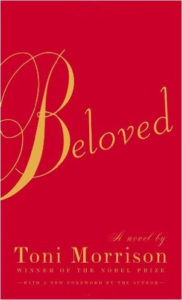 Bonus: Toni Morrison
Bonus: Toni Morrison
Start with: Beloved
In general, I wouldn’t call Toni Morrison a horror writer. But I would call Beloved, her best known and most read novel, a horror novel. Not only is it a compelling and terrifying ghost story, but it also lays bare America’s worst and most horrifying sin.
See also: Silvina Ocampo, Kelly Link, Kathe Koja, Joan Samson, Sarah Pinbourough, Melanie Tem, Alyssa Wong, Camilla Grudova, Elizabeth Kostova, Angela Carter, Agota Kristof, Caroline Kepnes, Daphne du Maurier, Sara Gran, Cass Khaw, Kelly Robson, etc. etc. etc.
Emily Temple
Emily Temple is the managing editor at Lit Hub. Her first novel, The Lightness, was published by William Morrow/HarperCollins in June 2020. You can buy it here.



















